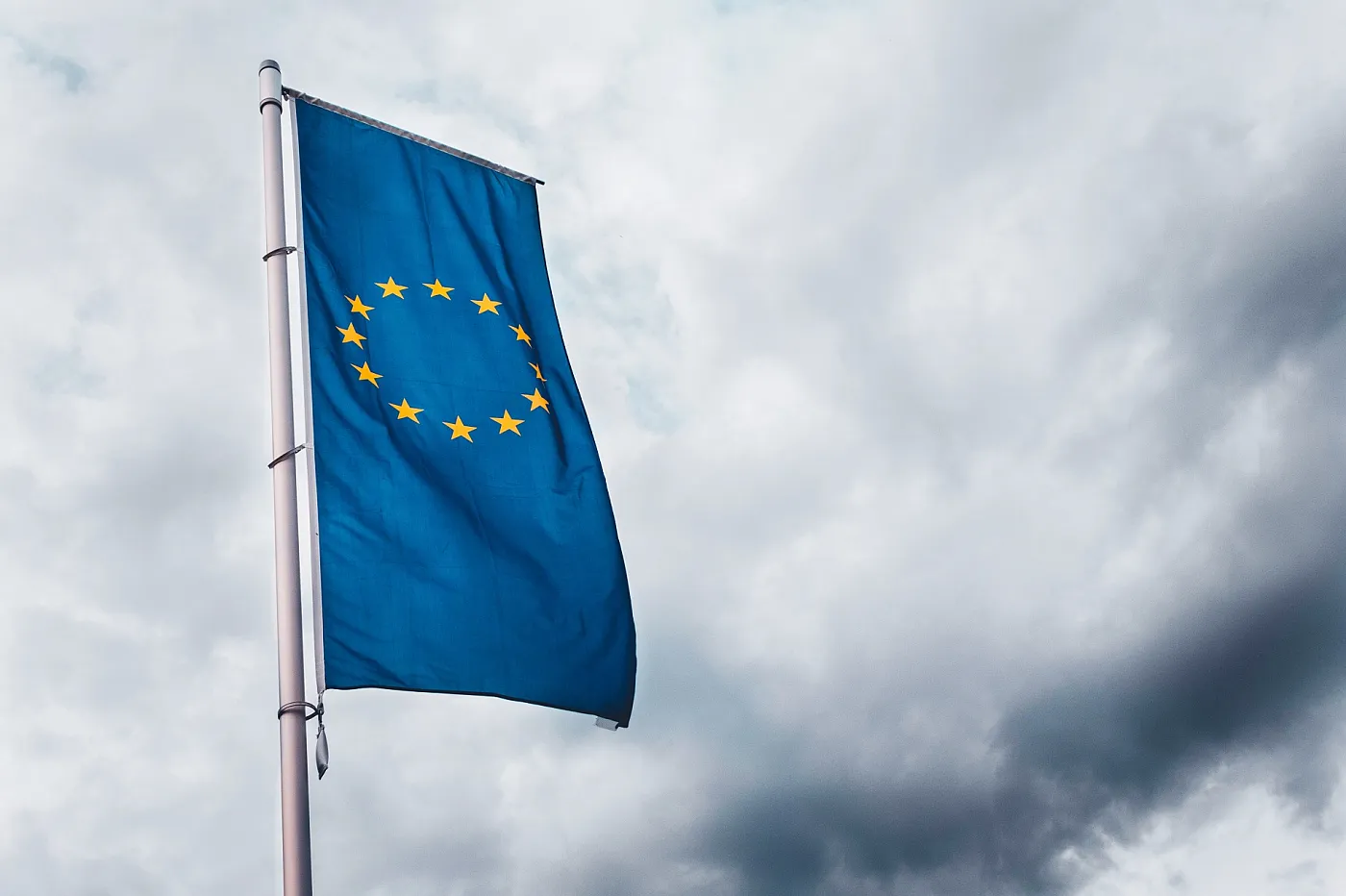30.10.2014
Judgement of the Supreme Court of Justice: the “reinstatement” of rappel in the context of sales below cost
Introduction
In a judgement issued on 14 May 2014 in the context of an extraordinary appeal for the settlement of a case-law, the Criminal Section of the Supreme Court of Justice (“SCJ”) unanimously decided that a reseller is entitled to deduct from the effective purchase price of a given product the amounts that were paid or credited by the supplier as a rappel discount (for the purposes of assessing a subsequent (re) sale below cost).
This decision comes as a consequence of two conflicting judgments issued by the Évora Court of Appeals in 2013, less than one month apart from each other, both ruling on the admissibility of a “rappel” discount whose first threshold began in “1” unit.
The conflicting theories and the judgment for the settlement of the case-law
The two previous judgments conflicted solely on the issue of whether or not the rappel qualified as a discount “directly related to the transaction” (an essential condition in the wording of Decree-law 370/93, applicable to the case).
The judgment that accepted such qualification considered that (i) the purpose of a rappel discount is to incentivize sales’ growth, which implies a reference to the quantities supplied, (ii) the setting of thresholds is the usual way to define the discount rates applicable to quantities previously defined so as to achieve the referred incentive and (iii) the establishment of thresholds is the differentiating element of such discount and its qualification as “quantity discount” is not set aside by the fact that the first threshold initiates in “1” unit.
The opposing decision refused to qualify the rappel as “directly related to the transaction” because it considered that (i) such discount always covers the quantities previously acquired by the buyer in other sales and purchases (and not merely in the sale and purchase at stake), (ii) a discount whose first threshold begins in unit “1” is not an economic discount directly related to the transaction and objectively justified by it and (iii) discounts that are fixed and unconditional and that apply systematically to a given economic agent by virtue of its track record of purchases are not acceptable for calculation of the effective purchase price.
The SCJ unequivocally rejected this second reasoning and substantiated its decision in two main ideas.
Firstly, it considered that the relationship established between a supplier and a distributor is of a global and permanent nature rather than limited to the mere succession of sporadic purchases and sales which are independent and autonomous amongst themselves; therefore, the assessment of the counter benefits negotiated between supplier and distributor must be undertaken in the context of such global and potentially long-lasting relationships.
Secondly, the purpose of a supply relationship cannot be merely to satisfy the purchaser’s interest in being supplied with certainty and on a regular basis but also the supplier’s interest in assuring a constant flow for its products, thus incentivizing their purchase by the distributor.
In light of the above, the SCJ considered that a “rappel” discount, which is based on thresholds and in which the first threshold begins with one unit is a quantity discount and is relevant for the purposes of assessing the effective purchase price, as long as the remaining legal requirements are met: (i) it must be mentioned in the invoice either directly or indirectly by reference to existing contracts or price lists and (ii) it must be capable of being determined upon issuance of the invoice.
Comment
The judgment establishes a clear, precise and unequivocal dividing line between what is and is not permissible when calculating the effective purchase price. The SCJ distanced itself from an excessively formal approach to the legal prohibition of sales below cost, paving the way for an implementation of said prohibition more in line with economic reality, within the existing legal framework.
The Court’s ruling is also relevant for its timing as few months have elapsed from the entry into force of the new regime on individual restrictive trade practices (of which the prohibition of sales below cost is – in practical terms – one key provision), which increased dramatically the amount of fines without, however, dissipating several doubts as to the interpretation of its key concepts (due to a very unfortunate wording of the law and extremely volatile and disputed interpretation and enforcement), all of which motivated considerable uncertainty for the envisaged players.
Even though the SCJ’s decision applies the law previously in force - Decree-law 370/93, currently replaced by Article 5 of Decree-law 166/2013 - the assessment of the court is surely applicable to the new wording of the relevant provision now referring to “discounts directly and exclusively related to the transaction of the products at stake”. The SCJ also points to that solution as it stresses that the intent of the 2013 legislator was –according to the preamble of Decree-law 166/2013 - merely to clarify the notion of effective purchase price, “taking into consideration, amongst others, the discounts deferred in time” (of which the so-called conditional rappel is the clearest example).
It is also relevant to note that the Authority for Food and Economic Safety, which is, at present, the entity in charge with surveillance, investigation and decisional powers in respect of Decree-law 166/2013, accepted the interpretation advocated by the SCJ and readily updated its FAQ’s on the matter (which serve as guidance for economic players regarding the Authority’s views on the law) harmonizing them with the line of reasoning established by the SCJ, in particular in what concerns the concept of discounts directly and exclusively related to the transaction of the products at stake and in what concerns the conditions for taking the rappel into account when calculating the effective purchase price



